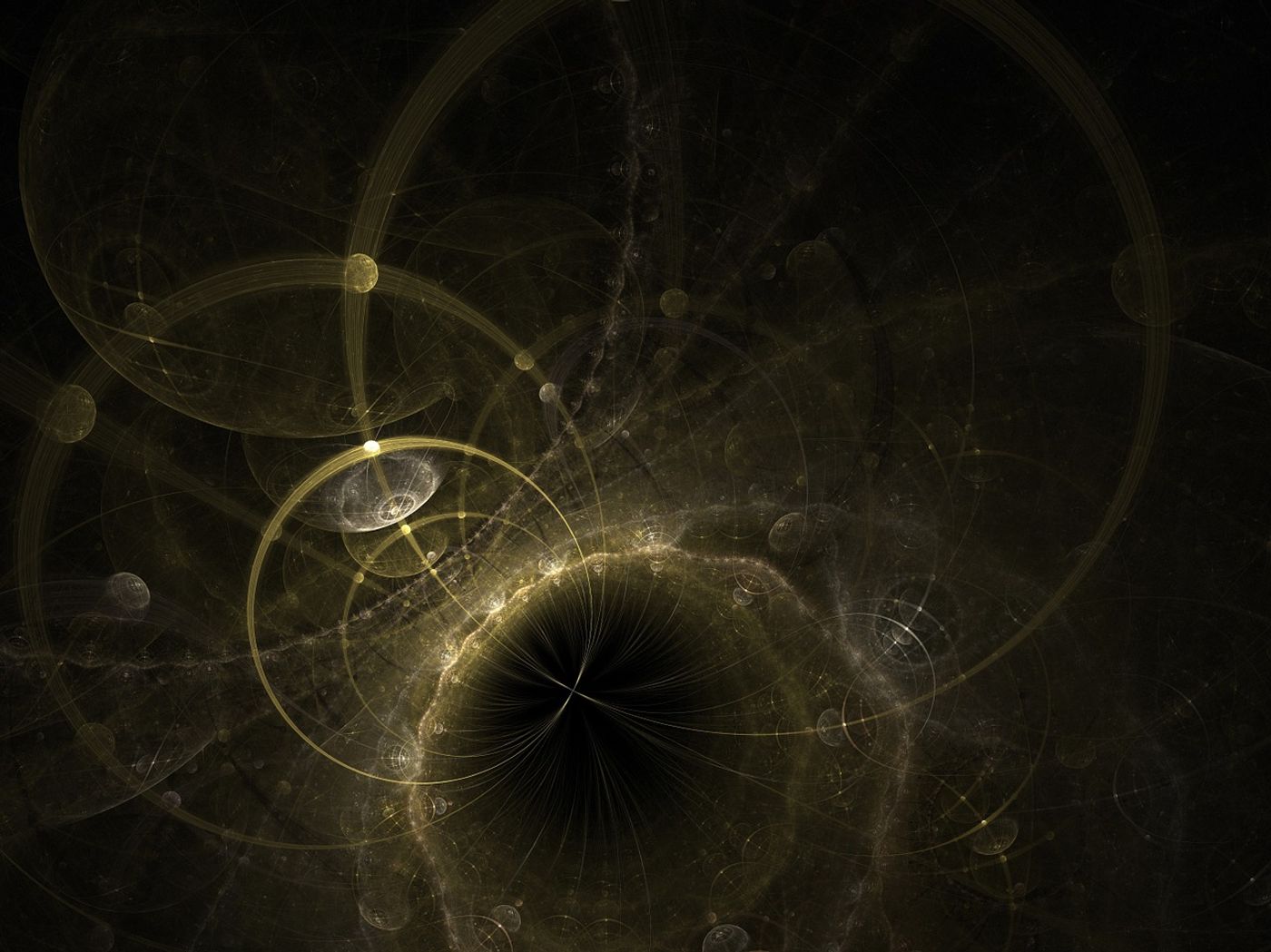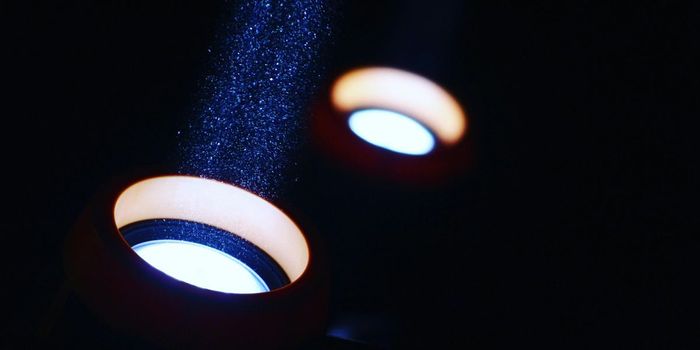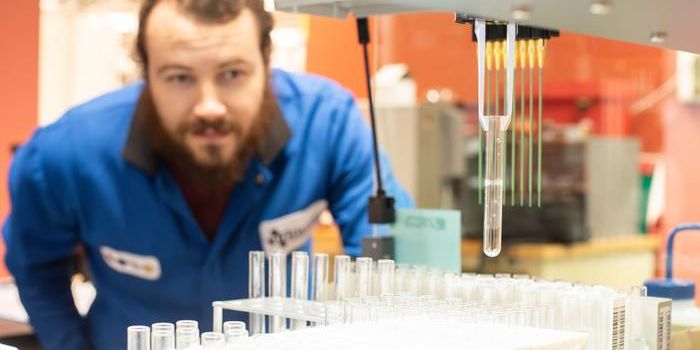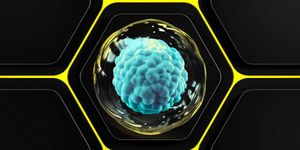Physicists Observe Quantum Tunneling in Experiments
A team of researchers led by the University of Innsbruck have observed a quantum tunneling effect in experiments that build off 15 years of research into such reactions and marks the slowest charged particle reaction ever observed until now. But while such chemical reactions have only been theoretical up to this point, can it be achieved in real-world experiments?
"It requires an experiment that allows very precise measurements and can still be described quantum-mechanically," said Dr. Roland Wester, who is a professor of theoretical *physics at the University of Innsbruck, and lead author of the study. "The idea came to me 15 years ago in a conversation with a colleague at a conference in the United States."
Theoretical physicists had calculated in 2018 that such quantum tunneling only happens once in every 100 billion collisions, and the results of this latest study not only confirm those calculations, but also allows the development of a tunneling effect’s precise theoretical model, as well.
"Quantum mechanics allows particles to break through the energetic barrier due to their quantum mechanical wave properties, and a reaction occurs," explains Dr. Robert Wild, who is a postdoctoral researcher at the University of Innsbruck, and lead author of the study. "In our experiment, we give possible reactions in the trap about 15 minutes and then determine the amount of hydrogen ions formed. From their number, we can deduce how often a reaction has occurred."
The tunnel effect is used for a variety of purposes, including flash memories, scanning tunneling microscope, explaining an atomic nuclei’s alpha decay, and even astrophysics. This new study, therefore, opens the door for further research into insight regarding chemical reactions.
Sources: Nature, University of Innsbruck
As always, keep doing science & keep looking up!









